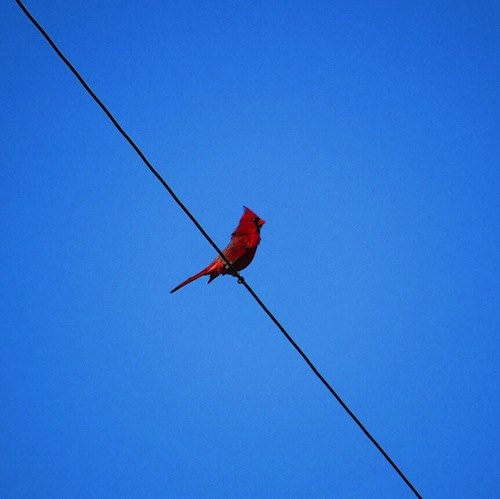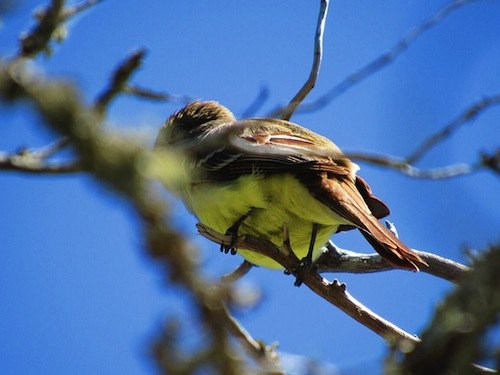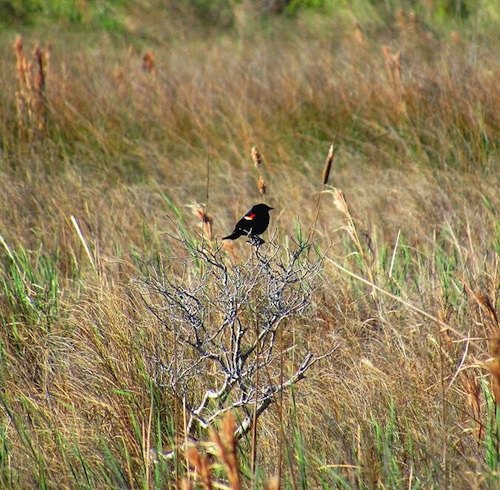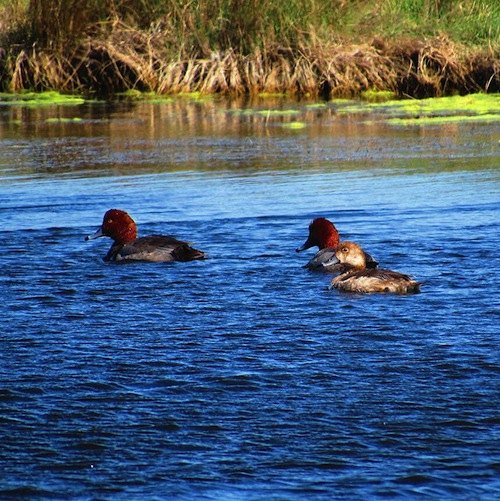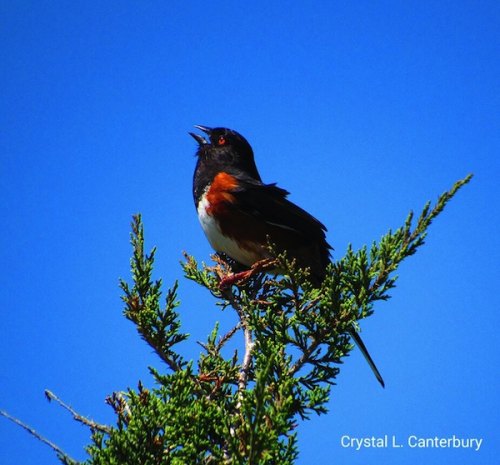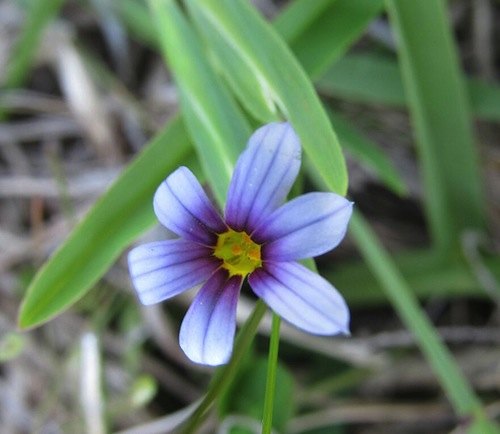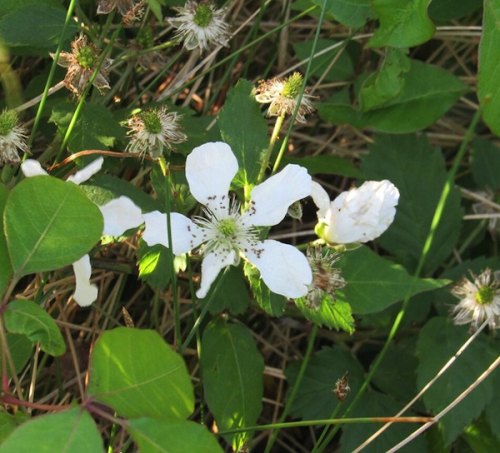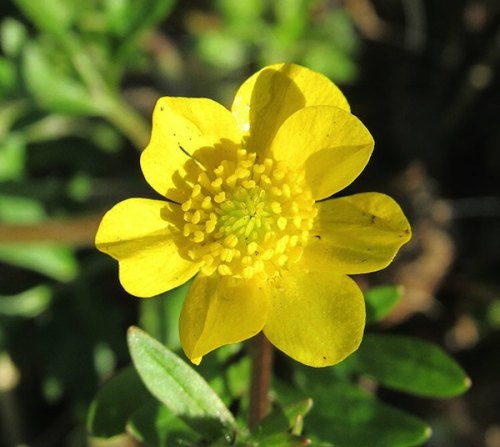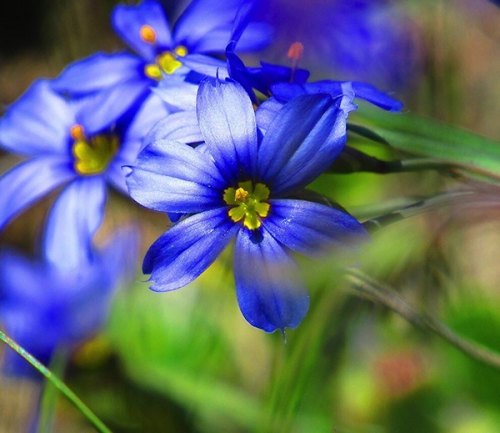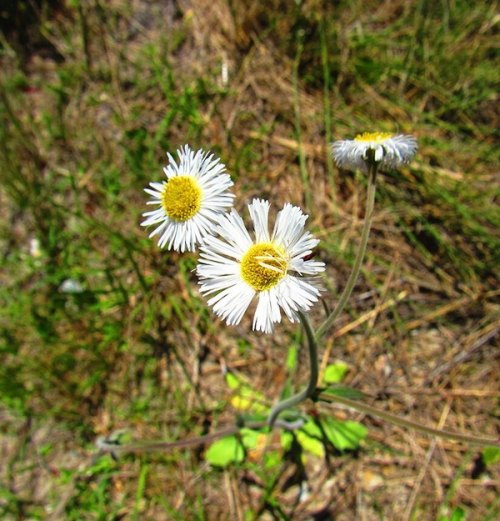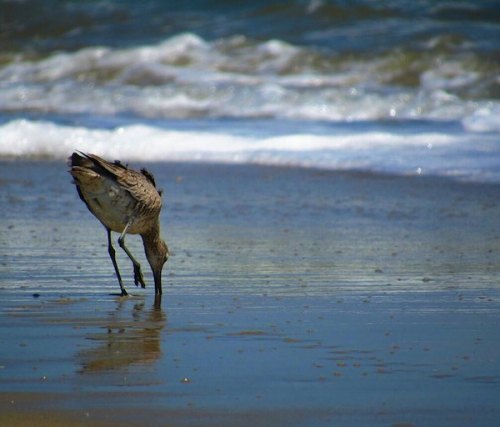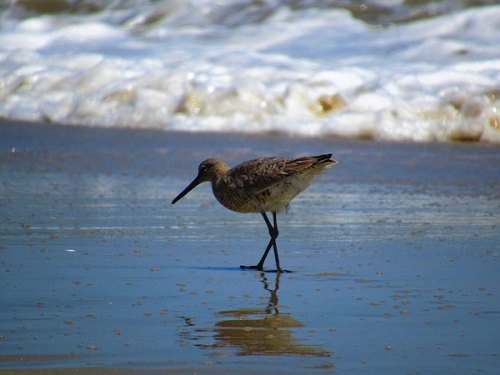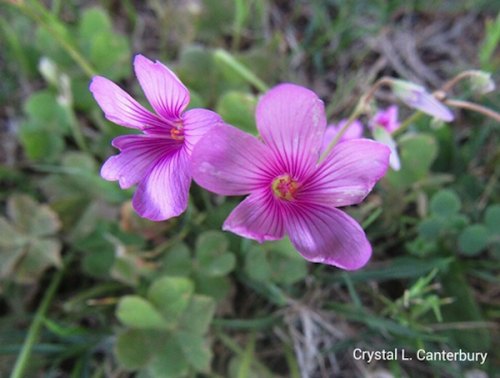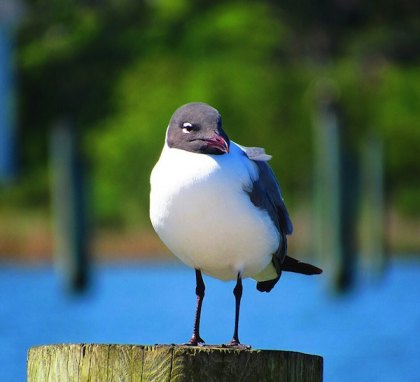Spring on the Sandbar
I don’t mean a few here and there. I’m talking a few dozen, all flying in circles, begging for food and “ha-ha-ha-ha-haaaa-haaaaaaa”-ing, demonstrating (in different pitches, tempos, and volumes) what earned them their name. Their feet on the rooftop sound more like an unorganized drum line than the expected sweet pitter-patter of a bird’s seemingly delicate feet, and they are relentless whether perched or flying. But this cacophony means spring is here! Sure, we heard a few rogue sea gulls over the winter, along with the wind powerfully blowing passed our ears, but now the cold winds from the north are being replaced by warmer breezes from the south. Along with these warmer conditions come all kinds of animals and plants and insects, blooming growing, and driving us nuts.
Some animals that we’ll see this spring are here year-round. Brown Pelicans, Herring Gulls, and some herons and egrets can be observed any time of year, and even more yard – or song – birds have taken up permanent residence on the Outer Banks. Mourning Doves (stick your top teeth out over your bottom teeth and try to smile. Now say, “whoo-whoooo-whoooo-whoooo. That’s what Mourning Doves sound like), Starlings, Carolina Wrens, Northern Mockingbirds, and Northern Cardinals love the year-round life on the Outer Banks. Red-winged Blackbirds, Grackles, and Warblers can be spotted darting in and out of the trees that make up the Maritime forests, and now shore birds – such as the American Oystercatcher, Plovers, Sandpipers, and Black Skimmers - are gradually beginning to come back to the coast and breed.
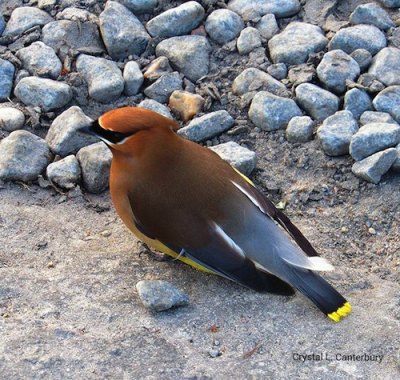
Recently I spotted (for the first time!) a Cedar Waxwing near the Ocracoke Lighthouse, an Eastern Towhee on top of a tree at the National Park Service campground, and a Flycatcher perched on a powerline in front of my house. Swallows, various types of crows, and American Robins can also be seen and heard frequently all over the island. And we can't forget about the ducks and Canada geese! Those birds just love it here and are all around the village, as well as out in the salt marshes along the National Seashore. Be mindful of the water fowl as you cruise through the village; the ducks will move out of your way if you give them the chance.
More days than not, I ride my tricycle up to the NPS campground for some quality outside time. Each time I head to the beach, I see a Great Egret along the north-bound side of the highway, flicking its neck and head into the marshy, soggy areas that are home to many insects. This Egret stays between the Ocracoke Airstrip (Ramp 70) and the Park Service campground (Ramp 68), and couldn't care less about the vehicles zipping by. The bird, however, is not too fond of me or any other people who are on the paved trail that parallels Highway 12, and doesn't let anyone get very close before flying away. Of course watching a Great Egret fly is as enchanting as watching one on the ground, but if it would just stay put so I could get a close-up photo, I'd be forever grateful.
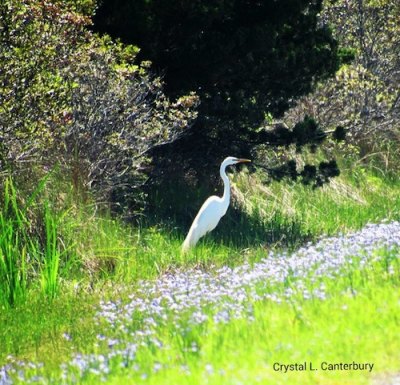
Brilliant purples, blues, yellows, oranges, and pinks are sprouting up as various wild flowers all over the island. Purple and blue Pointed Blue-eyed Grass are quite prominent, and mixed in are the bright yellow pettles of Buttercups and Asters, along with the delicate pink blooms of the Common Fleabane. Peas, whose blooms add some bright yellow and orange to the ground, grow in groups and are mixed in with all the other wild flowers. Low to the grass, and in more shaded areas, the white flowers of the Southern Dewberry grow. They flourish in disturbed areas and roadsides, so keep your eyes on the canals if you want to spot these blooms. They sort of get over-shadowed by the other, brightly colored wild flowers, but they are quite pretty and can grow in large patches, making seeing and identifying them a bit easier.
Today I ventured down the ORV road next to the Hammock Hills Nature Trail which leads to the Pamlico Sound. I saw many creamy-yellow prickly blossoms growing out of tall, urn-shaped stalks covered by sharp, fierce looking spines. These spiny stems belong to a flower called a Horrible Thistle, and soon the plain-colored blossom will transform into a bright pink or purple flower. But the spines will still be there, so I wouldn't recommend trying to pick one, sit near one, or let your pets near one. Their name is quite fitting.
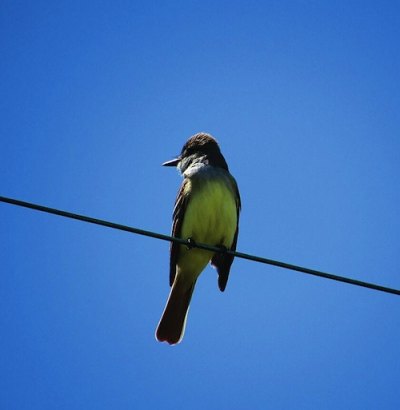
And of course, there's the part of nature that will give anyone the heebie-geebies. Ticks, for one, are horrible, awful, creepy arachnids that have been around for about 90 million years. 90. Million. Years. And for the course of those 90 millions years, ticks have been having blood meals to survive, reproduce, and grow into tick adulthood. Oh, and there are over 800 different species of ticks, yet out of that number, just two types of ticks are known to spread disease and illness to humans. If you get bitten by a tick, carefully remove the tick from your skin using tweezers, and slowly pull straight up. It's important to make sure the tick stays intact to prevent speading grossness (scientific term: pathogens), and once you're done, don't crush the tick. That too could spread pathogens/grossness, so either put it in a tightly seeled container (if you plan to see a doctor), or flush it down the toilet. You know, with all the horror movie topics that have been used to scare the you-know-what out of us, I'm surprised no one has done a movie about mutant ticks coming out of the toilet and reeking havoc on unsuspecting toilet users. In any event, since the ticks we deal with aren't jumping out of toilets (yet), remove the entire tick and flush it away. Next cleanse the bite area thoroughly and be aware of any rash, pain, irritation, or rings that may develop around the bite site. Go see a doctor if any reaction occurs.
Mosquitos are also here, making our lives itchy and bumpy, and can spread disease to humans and animals too. I love OFF! with DEET. Love. It. Sure, OFF!, sunblock, and sweat won't make you smell great, but you'll be less itchy. If you do get bitten by a mosquito, rub some stick deodorant (the gel or liquid won't work) on the bite. The deodorant will reduce swelling and itching. You can also try using lemongrass oil as a repellent. Skeeters aren't fans of lemon-scented anything (people and animals included), so that's a nice "all-natural" alternative to OFF!. Also, stay away (as much as you can) from standing water. Birds, such as egrets, herons, and ibises, enjoy munching on mosquitos, so they'll kind of help keep the population in check. Naturally, many will get away, and to those of you who have to deal with them, all I can say is: Happy Slapping!
Now go out there and enjoy the sights and sounds of spring on Ocracoke Island!
